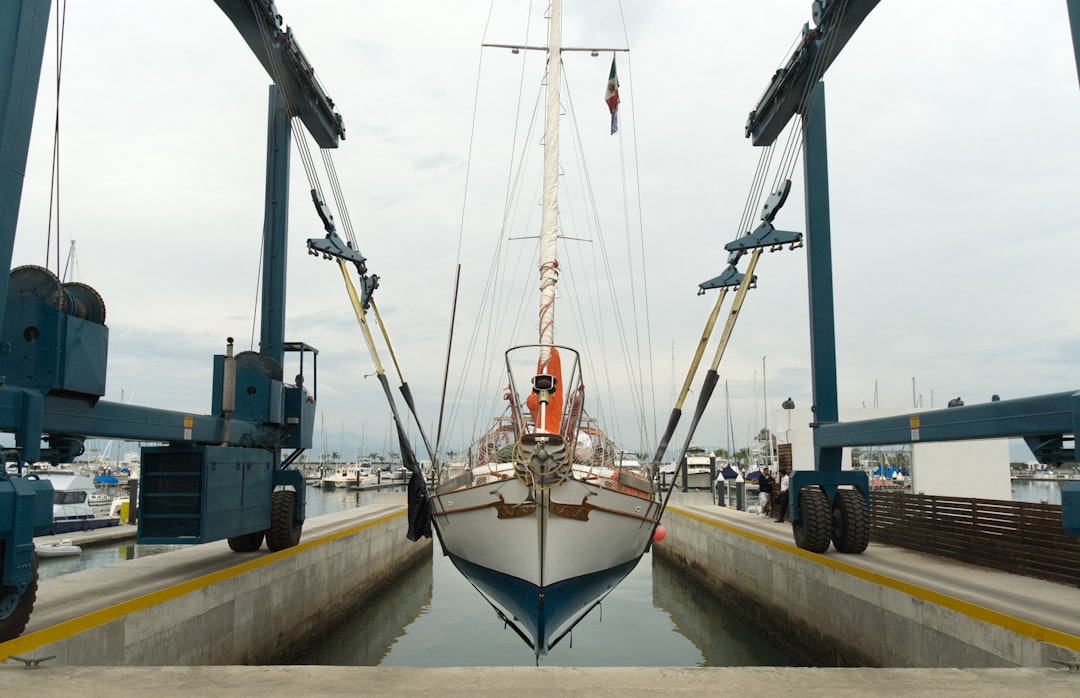 Photo from Unsplash
Photo from Unsplash
Originally Posted On: https://www.bunzlsafety.com.au/best-practices-for-maintaining-and-storing-lifting-slings
Best Practices for Maintaining and Storing Lifting Slings
Lifting slings are essential tools in many industries, designed to safely lift and transport heavy loads. Proper maintenance and storage are essential to ensure their longevity, reliability, and safety. Below are the best practices for maintaining and storing lifting slings, helping you get the most out of your equipment while minimising risks.
1. Regular Inspection Is Key
Regular inspections are important for safe and effective lifting sling usage. It’s important to check slings before every use and conduct more comprehensive inspections at regular intervals.
- Daily Pre-Use Checks: Inspect slings visually for fraying, cuts, abrasions, broken stitching, and other visible damage. Check for stiffness or discolouration, which can indicate chemical exposure. If you’re using wire rope slings, inspect for broken strands, kinks, or bird caging.
- Optical Clarity: Optical tests check for any distortion or imperfections in the lenses that could impair the wearer’s vision. These tests ensure that the lenses do not alter or distort the wearer’s sight.
- Periodic Professional Inspections: Schedule inspections by a qualified professional based on your usage frequency and environment. High-use or high-stress slings should be inspected more frequently. Keep a log of inspection dates and findings.
- Post-Incident Checks: After an overload, severe environmental exposure, or an incident involving the sling, a detailed inspection is crucial before reuse.
Proactively identifying potential issues can prevent accidents, ultimately saving time, money, and lives.
2. Follow Manufacturer Guidelines
Every lifting sling is manufactured with specific materials, capacities, and tolerances. Using slings outside their intended design can lead to dangerous failures. Be sure to follow these practices:
- Understand Weight Ratings: Never exceed the Working Load Limit (WIL) of your sling. Know the capacity for different configurations, including vertical, choker, or basket hitches.
- Check for Environmental Restrictions: Some slings are designed for specific conditions, such as extreme temperatures or chemical exposure. For example, synthetic slings may degrade in high heat, while wire slings are vulnerable to corrosion.
- Use Only Approved Accessories: Pair slings with the appropriate hooks, shackles, and other hardware recommended by the manufacturer to maintain safety.
- Post-Incident Checks: After an overload, severe environmental exposure, or an incident involving the sling, a detailed inspection is crucial before reuse.
By staying within the guidelines, you reduce wear and tear and ensure safety during operations.
3. Clean Slings Properly
Dirt, grime, and chemical exposure can weaken your slings over time, especially synthetic ones. Proper cleaning can help extend their lifespan.
- Synthetic Slings: Clean synthetic slings (like nylon or polyester) with warm water and mild soap to remove dirt. Avoid abrasive brushes or high-pressure washers, as these can damage fibres. After cleaning, hang them to dry in a well-ventilated area, away from sunlight or heat sources.
- Wire Rope Slings: Remove dirt, grease, or debris using a wire brush. Apply a light coat of lubricant to prevent corrosion.
- Chain Slings: Wipe down chains to remove debris and inspect for rust. Avoid using corrosive cleaning agents.
Cleaning also provides a good opportunity to inspect slings for hidden damage that might not be visible when they’re dirty.
4. Protect Slings During Use
Lifting sling often endure harsh conditions during use, but damage can be minimised with proper precautions:
- Use Edge Protectors: Place edge protectors or wear pads on sharp corners of the load to prevent cuts, abrasion, or punctures in synthetic slings.
- Avoid Dragging: Never drag slings across rough or uneven surfaces, as this can fray synthetic fibres or scratch wire rope.
- Control the Load: Ensure the load is balanced and properly secured to avoid excessive tension on one part of the sling, which could cause stretching or failure.
- Protect from Extreme Conditions: High temperatures, UV radiation, and chemicals can weaken slings. If you’re operating in challenging environments, invest in slings specifically designed for those conditions.
Taking these precautions during lifting operations help preserve sling strength and functionality.






